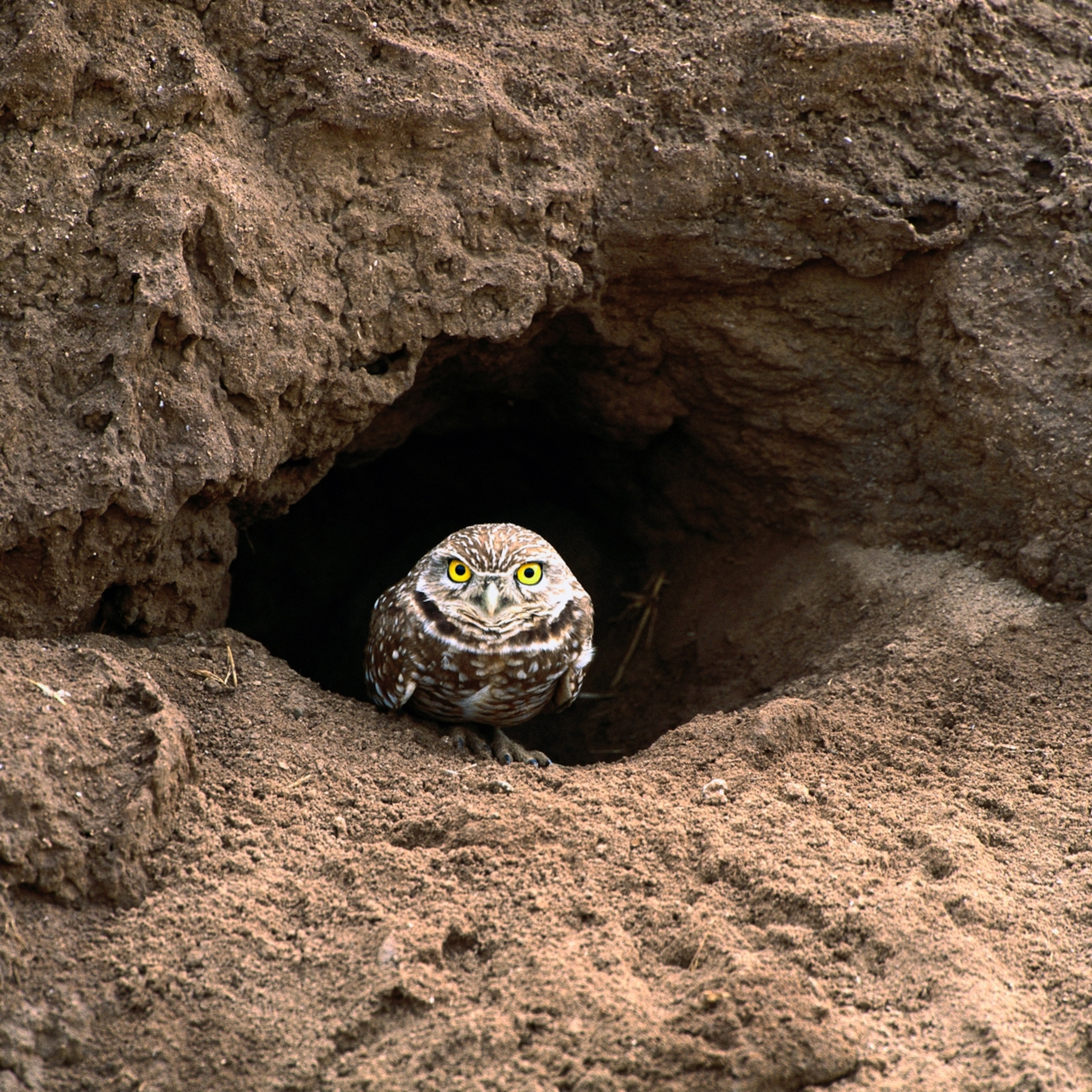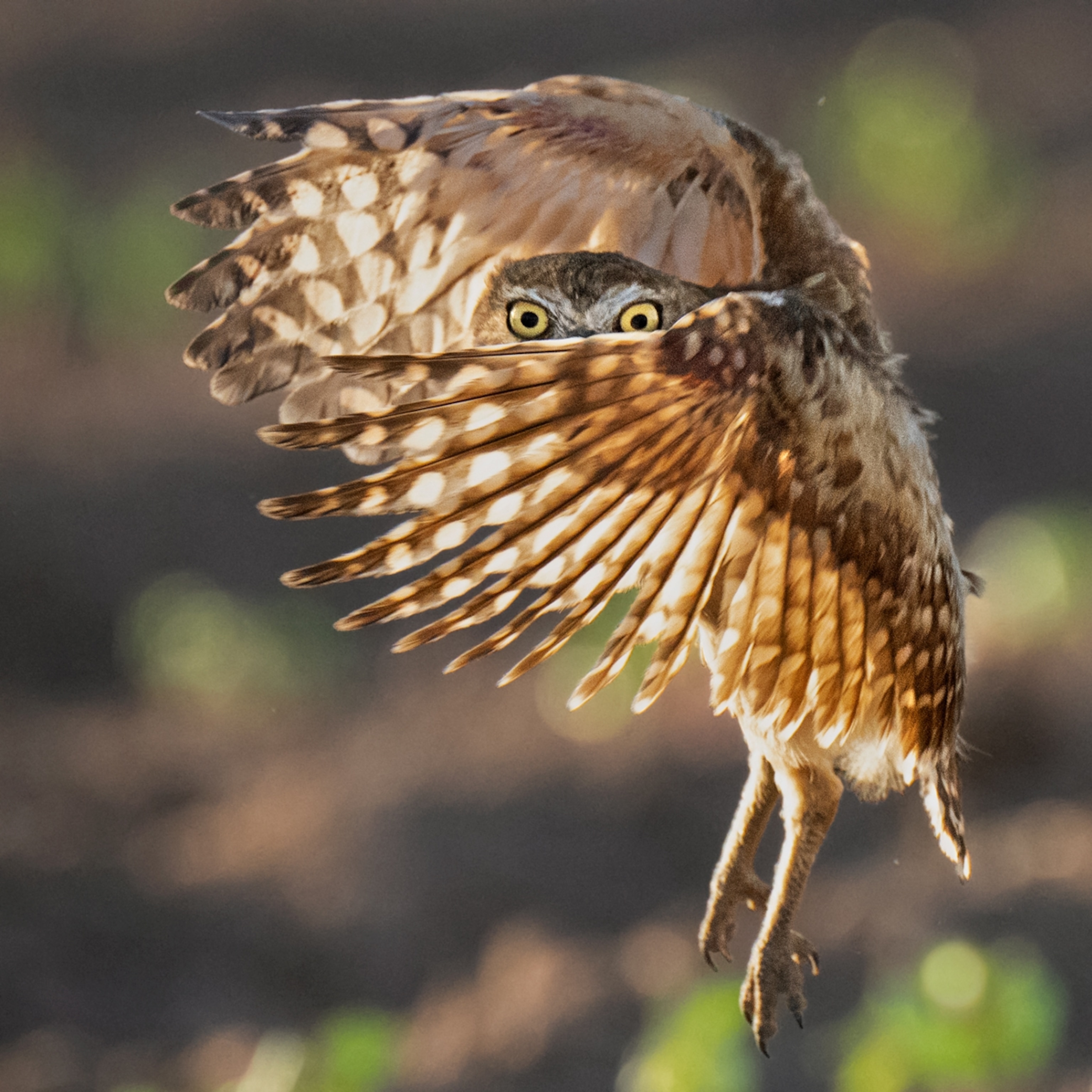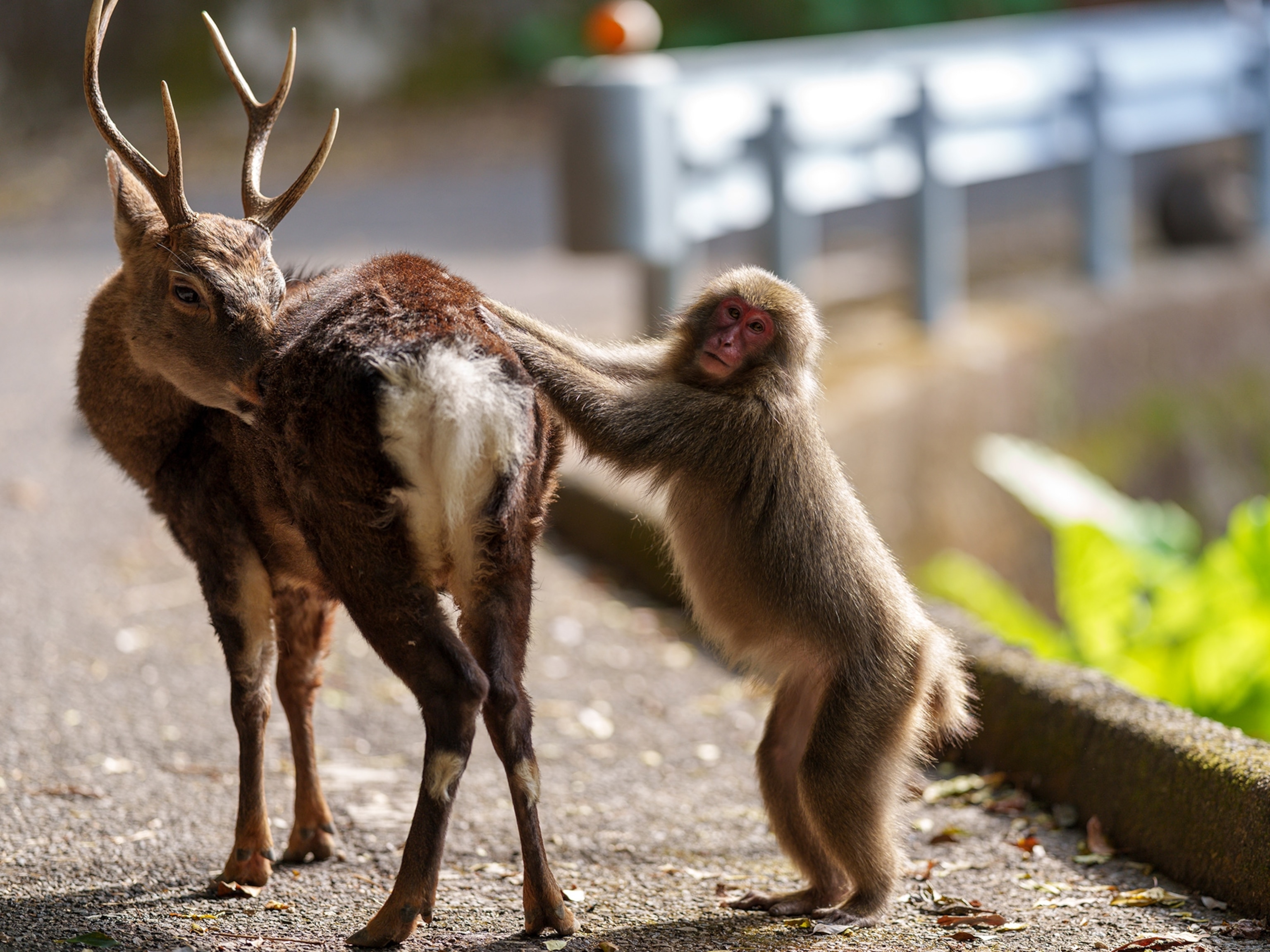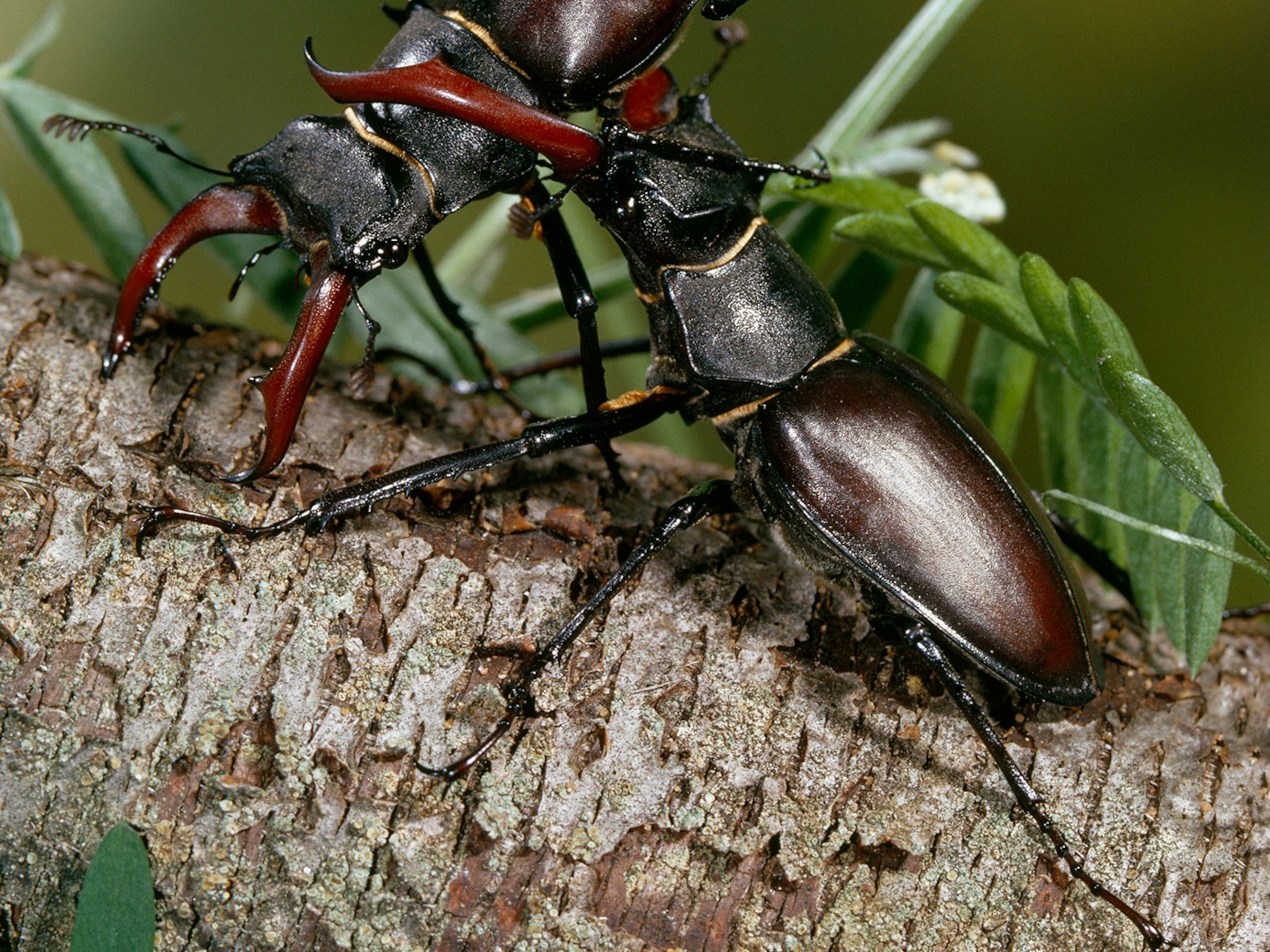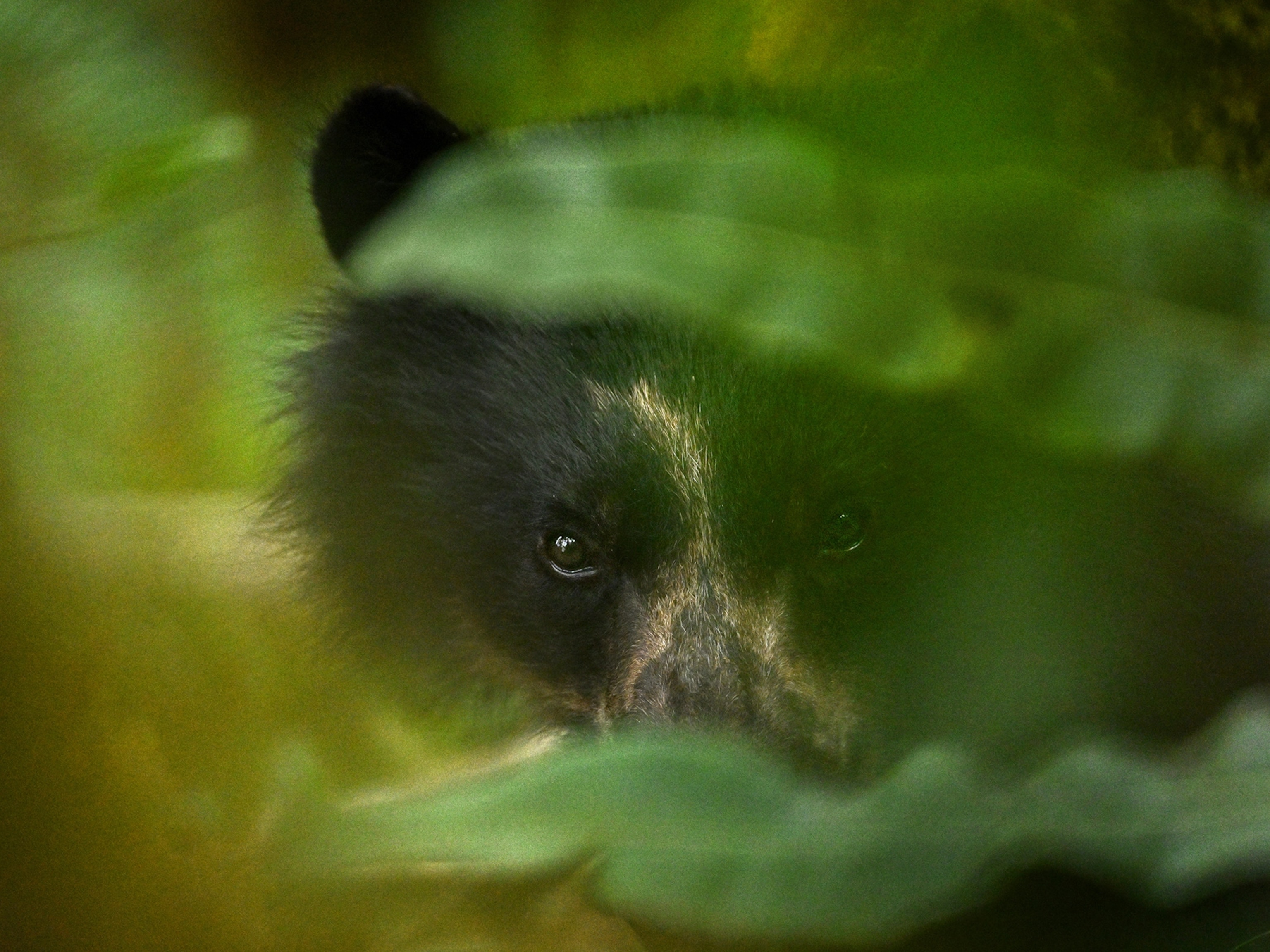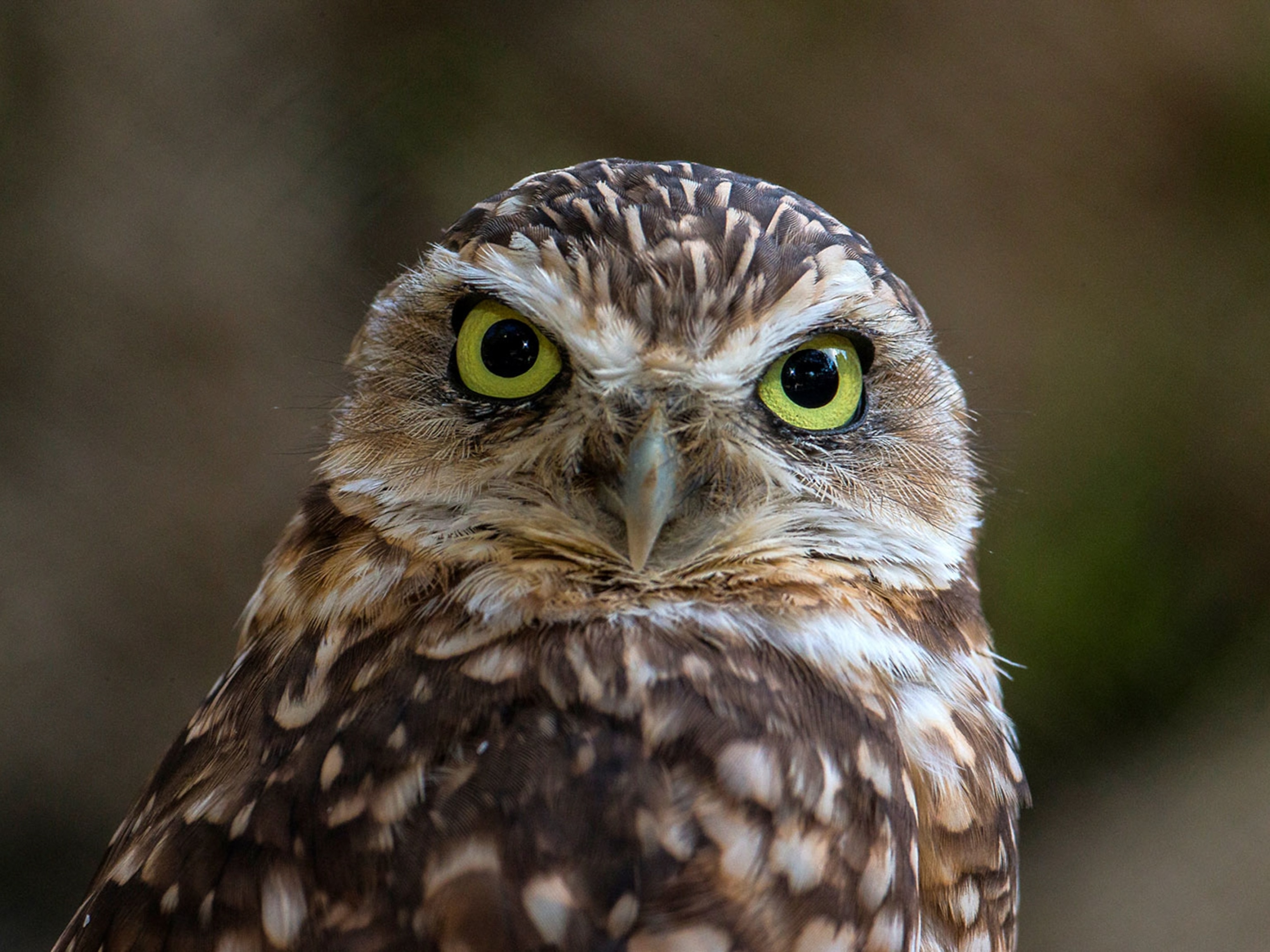These matchmakers will find you the perfect mate—if you’re an owl
A small population of California burrowing owls is getting a helping hand when it comes to romance—from a team of devoted scientists.
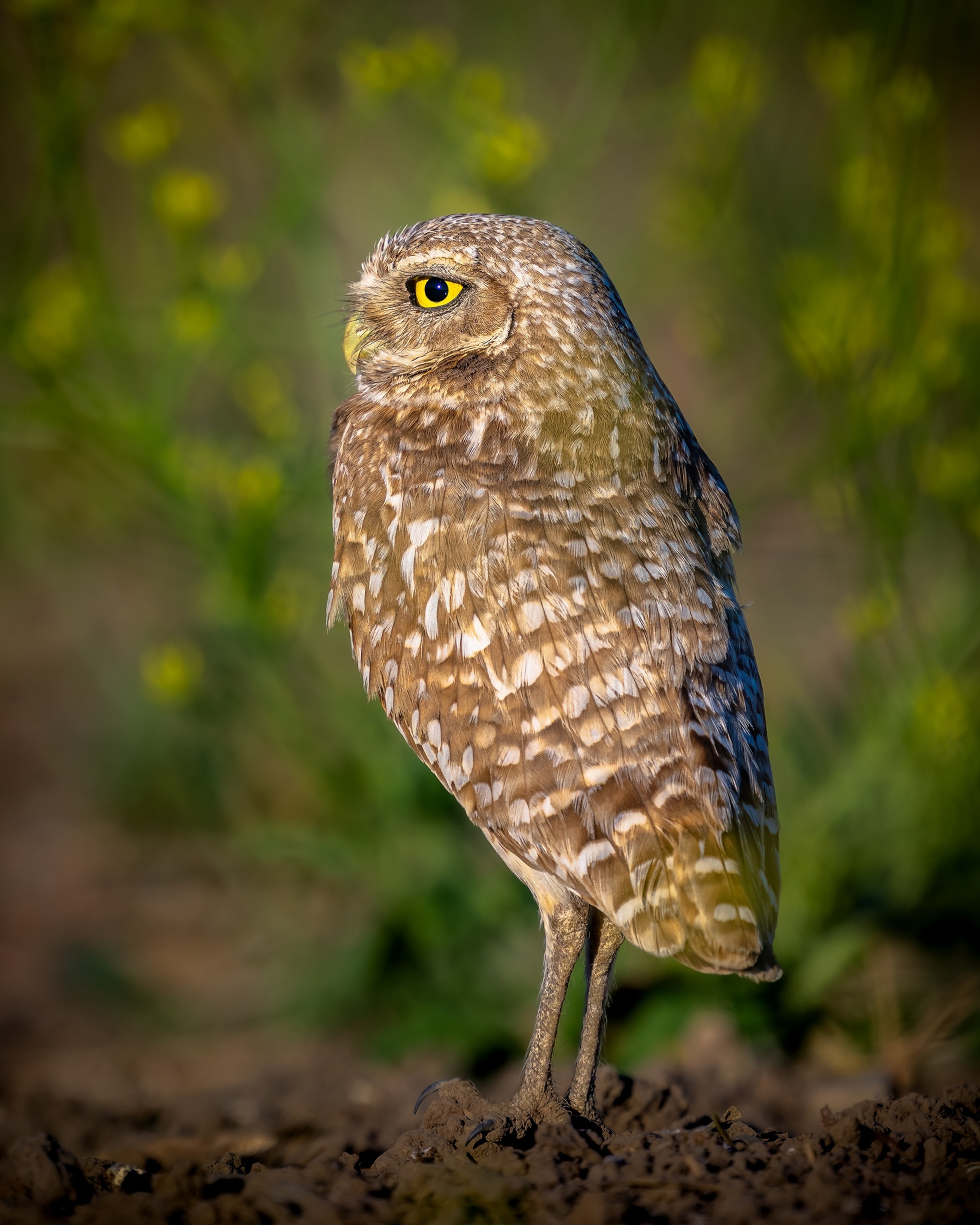
Modern love can be a struggle—even for owls.
February is the beginning of breeding season for a small but growing population of burrowing owls in the San Francisco Bay Area, and also the time that conservation biologists will start releasing optimally paired owls they’ve taken care of all winter.
Dr. Lynne Trulio, Professor of Environmental Studies at San Jose State University, has been studying Western Burrowing Owls (Athenae cunicularia hypogeae) for over 20 years. She and her colleagues have mapped the birds’ homes, sex, and genetics. The aim: to understand the genetics of the population, help juveniles survive the winter, pair them to prevent inbreeding, and preserve and create habitat. It’s all part of a wider research effort called the Bird Genoscape Project which uses AI analysis and genetic material to help track, study, and preserve Western Hemisphere birds.
Trulio has spent countless thousands of hours watching and studying the wild owls, which are typically monogamous, following elaborate courtship displays from males, who swoop, dive, and serve food to impress sometimes nonchalant females. “She'll grab it and just run underground,” says Trulio, adding: “the way they run along the ground is just hilarious.”
By May, their chicks have begun to hatch—and and once they’re old enough, the scientist matchmakers swoop in.
(Saving the desert’s most tenacious birds)
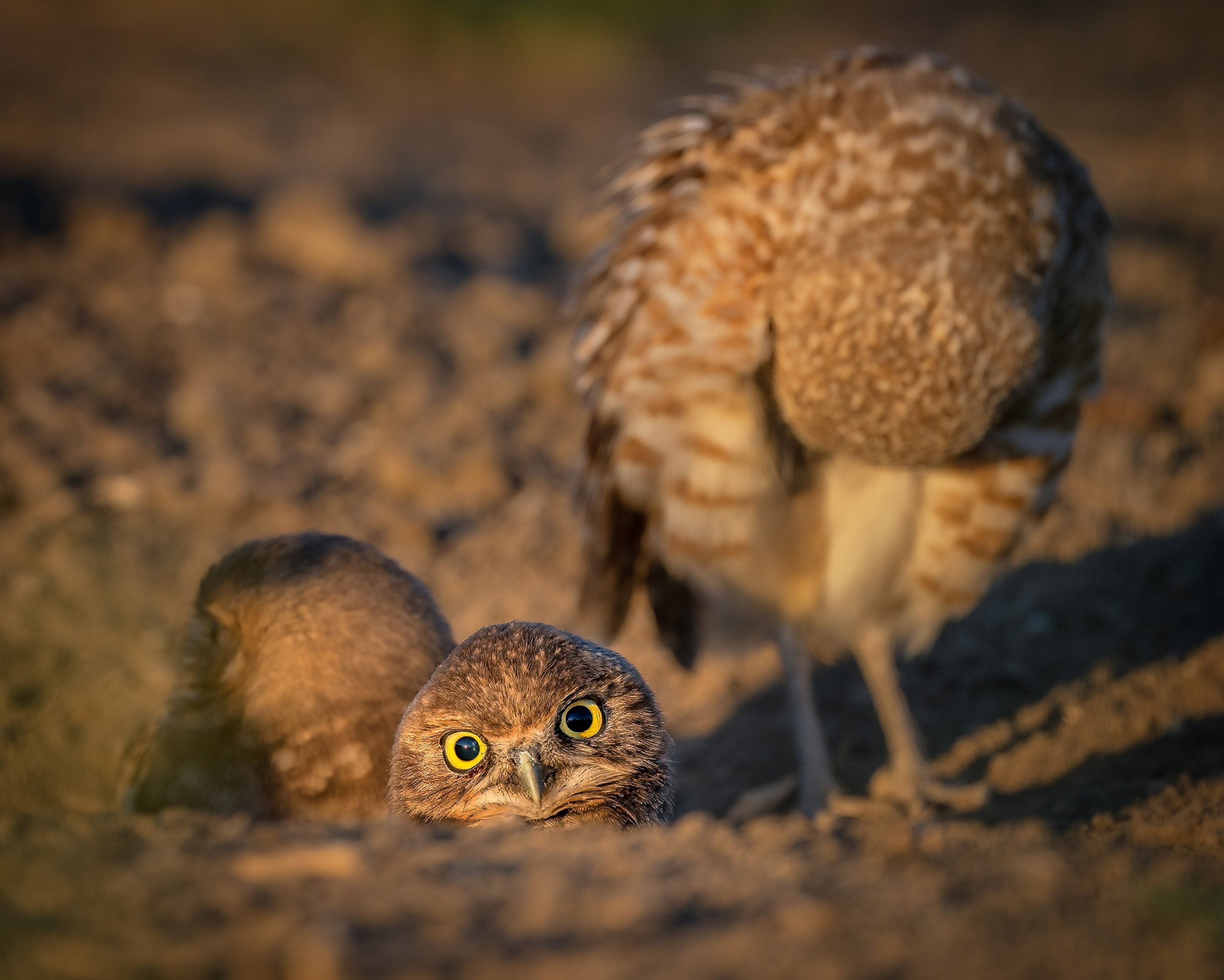
In the wild, juvenile owls have a dismal 30 percent survival rate over the winter, but by collecting a number of the young owls in a process called “overwintering,” scientists can significantly increase their survival. They only take juveniles of a certain age from parents who have two or more other offspring. After a health check and quarantine period, the owls spend the winter together in a massive aviary at the Wildlife Education and Rehabilitation Center in Morgan Hill, south of San Jose. It’s an overnight camp vibe for the juveniles. But camp has a second purpose other than keeping the owls safe: it gives the scientists time to study each individual and genetically pair them with their best mate possible just before release.
Using just a feather or a blood sample, collaborating scientist at Colorado State University, Dr. Kristen Ruegg can sequence their genomes. That complete set of DNA for an organism holds all the information that codes for a life, everything from vision to feather color. But it can also be used to understand ancestry, much like the ancestry test can help you understand your health and heritage or how a DNA test will try to guess your dog’s breed. Ruegg can do genetic testing that matches the birds according to which part of their genome needs more diversity, ensuring the most genetically diverse—and thus most likely to succeed—offspring.
Once the scientists have arranged the owls in optimal duos, they release them together into designated burrows, some artificially constructed (due to flooding and urban development, many of the historical natural burrows have been destroyed). Some of the burrows are those dug by local ground squirrels, making the owls much like squatters. And not tidy ones. “ Oh my gosh. They're messy,” says Trulio.
Other housing help for the young couples often includes an enclosure over the burrow to protect the birds from predators such as red-tailed hawks and golden eagles. Burrowing owls have a long evolutionary relationship with the animals of the grasslands—so much so that the young owls, without ever having heard a rattlesnake, do a perfect mimic hiss like a rattlesnake if they’re scared or threatened.
While in the enclosed burrows, researchers will supplementarily feed the birds. The birds almost always stay with their assigned mate, although in a few cases the pair won't produce an egg (sometimes even the best matchmakers can’t pull off their missions).
“They actually want to stay together. So they stay with one mate for more than one season. That doesn't mean there aren't extra pair matings and stuff like that. They certainly are. But most of the time they stay with one mate,” said Trulio.
So far, the short-term field metrics of success of the arranged owl pairs—including life span, and number of offspring—are not significantly different, and longer term data are needed. But there is one early sign that the matchmaking is paying off. Offspring from these scientifically paired owls have telomeres that are twice as long, according to a 2023 study in Molecular Ecology. Telomeres, the region at the end of a chromosome, protect DNA and shorten as you age. Longer telomeres in humans can indicate a healthier person, and one who has experienced less stress, according to some studies. The owl scientists speculate that the longer telomeres may be an indication of the increased genetic diversity they’ve been aiming for. When populations of animals get too small, the risk of inbreeding and lower genetic diversity has also been linked to a variety of bad outcomes, including a weaker immune system.
(Tiny owls find better homes with the help of these scientists)
This is good news for the Bay Area owls, who’ve been facing both a housing crisis and corresponding shortage of suitable mates. The Western Burrowing Owls are nearing localized extinction because the population has grown so small due to habitat loss and climate change. But, in good news for the owls, last year the California Fish and Game Commission made the Western Burrowing Owl a candidate for becoming a protected species under the California Endangered Species Act.
“If you look at Google Maps at all of these sites, they're surrounded by development. You can see historically they were more open. The owls could nest in these areas and forage in adjacent sites, but now they're being confined to smaller and smaller areas,” said Philip Higgins a wildlife biologist and co-founder of Talon Ecological Research Group, a research and conservation nonprofit collaborating on the project. The conservation science is immensely collaborative, funded by Santa Clara Valley Habitat Agency, and involving many other groups in the region.
Originally there was some concern about juveniles in captivity being at a disadvantage for hunting and protection instincts, however, the scientists have found that a captive bred burrowing owl is very capable of catching a wild mouse or understanding that a red-tailed hawk call means to watch the sky and hide underground.
“A pair we released last year…, one day we went out there to check on them. The male was hopping around on the ground. This was in a week of being released. And we couldn't see what he was doing. Then there was a gopher snake, he was attacking the gopher snake, so it wouldn't go down the burrow. So those instincts are very, very strong, at least in burrowing owls,” said Higgins.
The scientists have mapped and banded seven study sites in the Bay area. This effort, coupled with captive breeding and habitat preservation, has led to great success for the owl programs. Once home to as few as 15 owls, the adult population is now nearing 100, with the juvenile population over 200.
For Trulio, it’s one more example of the power of cooperation.
“The matchmaking between our field team and our field work and the genomics team,” she says “produced incredible results that we would never have achieved alone.”

